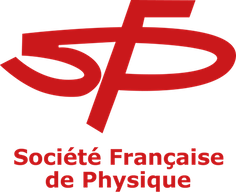Orateur
Description
The Standard Model (SM) of Particle Physics summarises the fundamental interactions of strong,
weak and electromagnetic forces and it has been proven successfully from decades. However, there
are a lot of phenomena which can not be explained within SM. Therefore, it is necessary to search
for new physics at the high energy frontier, being probed by the Large Hadron Collider (LHC)
currently or in future. The Higgs Boson, giving mass to elementary particles in SM is one of the
keys to Standard Model measurements as well as New Physics searches. Boosted Higgs bosons
decaying via the dominant $H \rightarrow b \bar{b}$ mode are an essential ingredient to a number of LHC physics
signatures. This talk is dedicated to the identification of boosted $H \rightarrow b \bar{b}$ in current and in future
ATLAS. In current physics analyses, the large-R jets with two b-tagged associated Variable Radius
(VR) track jets are taken as $H \rightarrow b \bar{b}$ events. The performance, calibrations and applications have
been studied based on individual b-jet. Lots of interesting results have been produced. However, at
very high energy, the two b-jets from the Higgs Boson are highly collimated, with the result that the
separation of two b-jets becomes less efficient. Therefore, we’re motivated to develop more
efficient tagging techniques for future studies. The boosted $X \rightarrow b \bar{b}$ tagger, which is recently
developed in ATLAS, focuses on tagging one large radius jet which contains two b-hadrons. The
background rejection efficiency is significantly improved. The calibrations of the tagger are
published recently so that the tagger can be used in physics analyses. We’re looking forward to the
performance of the tagger in physics analyses and to the new ideas in the boosted $H \rightarrow b \bar{b}$ tagging.

